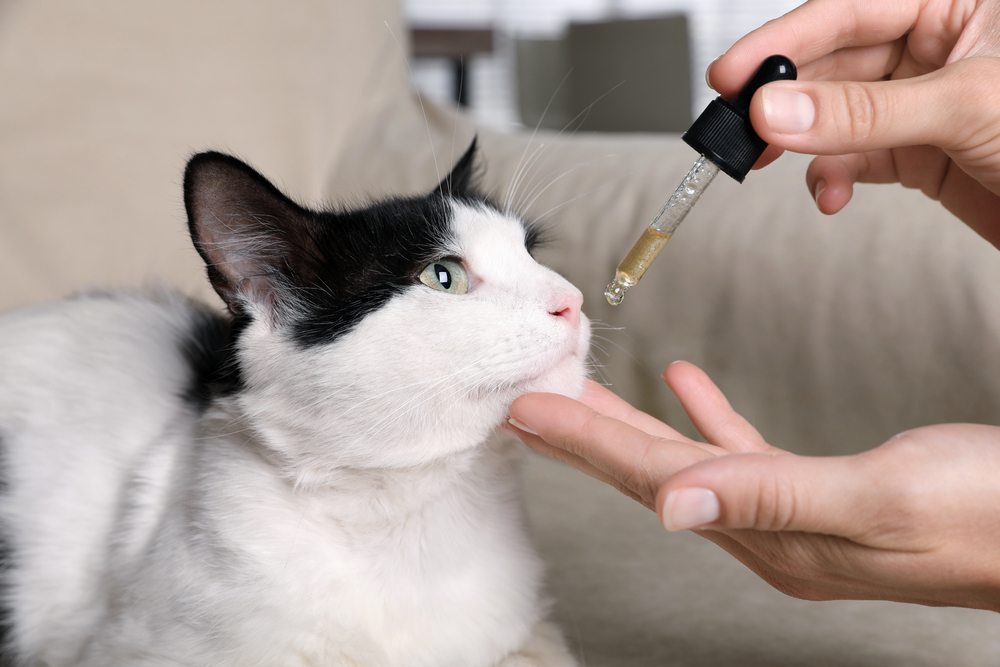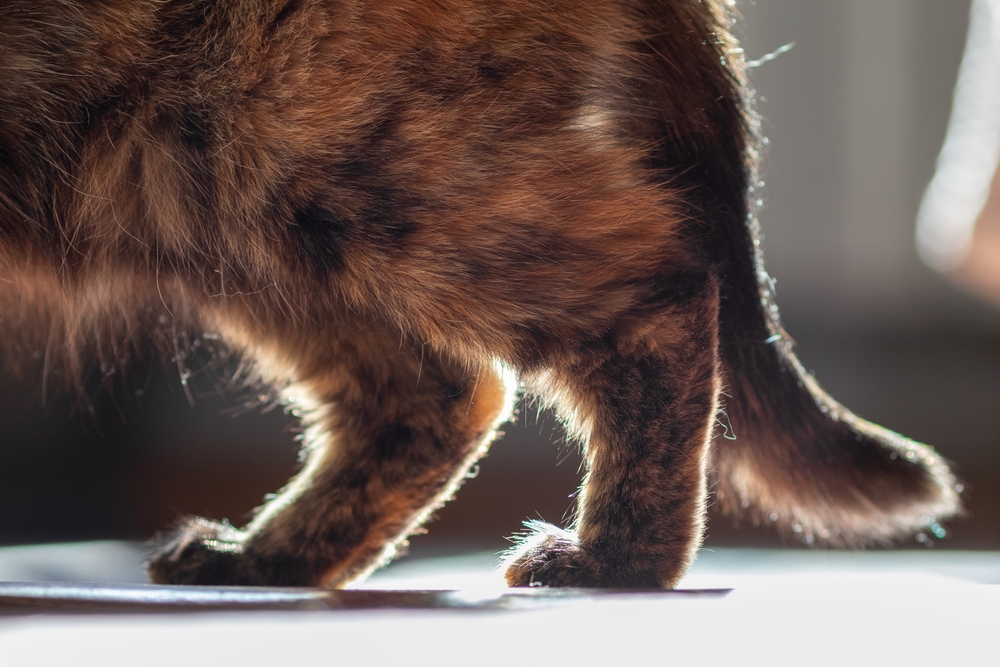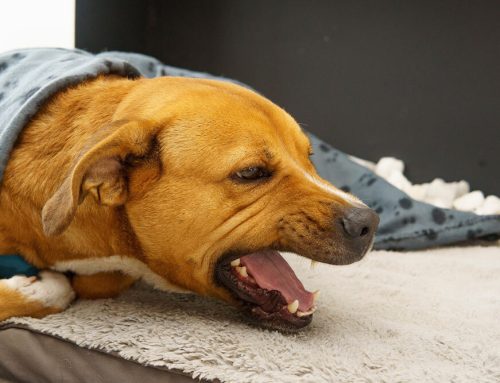You may be attributing your cat’s temperament or behavior change to old age or simply grumpiness. However, these changes could mean your feline friend is showing seriously painful degenerative joint disease signs. Unlike their canine counterparts, in whom arthritis has long been a common recognized condition, cats have recently begun being diagnosed with this inflammatory disease. One reason for this disparity is likely because cats are experts at disguising pain, and unlike dogs who will limp or hobble about, cats’ arthritis signs are much vaguer. Fortunately, veterinary medicine advances and a better understanding of feline behavior have shed light on just how common feline arthritis is. According to one study, the joints of as many as 90% of cats older than 12 years of age have visible arthritic changes. Other studies suggest that between 60% and 90% of cats live with arthritis pain. Read our Animal Medical Hospital of Naples team’s feline arthritis guide to learn how to recognize this inflammatory disease’s signs, and ensure your cat receives the care and relief they deserve
What is feline arthritis?
Arthritis (i.e., degenerative joint disease or osteoarthritis) is a painful and chronic joint condition commonly associated with aging. Like humans, cats have cartilage between the bones comprising their joints. As a cat moves around, cartilage cushions the impact between a joint’s bones. Arthritis develops over time as the cartilage lining and cushioning a joint breaks down, causing the joint to swell, and become inflamed and painful as the bones rub together. Arthritis can occur in any joint but is most commonly diagnosed in the elbows, hips, knees, and spine. While the condition is most often the result of age, a greater genetic disposition to arthritis affects some breeds and larger-sized cats, including Maine coons, Scottish folds, Persian cats, and Siamese cats. The disease can be accelerated by lifestyle factors, including
- Obesity — Excess weight puts more pressure on the joints.
- Wear and tear — As cats age, their joints often weaken.
- Injury — Joint injuries, such as fractures and dislocations, predispose the joint to degeneration.
- Abnormalities — Abnormal joint development may damage the cartilage over time.
What are feline arthritis signs?
Instinctually, cats tend to mask their arthritis pain because in the wild, a cat in pain is determined to be weak, making them predators’ prime targets. While your house cat’s only likely predator is the Roomba, this survival instinct remains strong. However, if your cat has arthritis, they may provide these subtle clues:
- Decreased mobility — Your cat may become reluctant to jump up or down, step over their litter box rim, or use stairs. They may appear stiff when walking or jumping. Rather than limp, an arthritic cat will naturally restrict their sore joint’s use, and they may become less active and begin sleeping more.
- Temperament change — Arthritis is painful, and a cat who develops an aversion to being picked up or handled may be more than grumpy. Some arthritic cats may also hide and become less social.
- Reduced grooming — Arthritic cats may have difficulty reaching certain areas to groom themselves, and may develop a matted coat. However, some cats may over-groom sore joints and develop bald or sore skin patches.
- Abnormal litter box habits — Changes in your cat’s litter box habits can be an arthritic pain sign. While healthy cats can easily step over the litter box rim, painful, stiff, and sore hips, knees, and elbows can cause an arthritic cat to develop a litter box aversion, seeking relief in less physically demanding locations such as on a dropped towel.
Left untreated, feline arthritis causes chronic stiffness, range-of-motion loss, reduced mobility, and a poor quality of life. If your cat is showing arthritis signs, schedule an appointment with our Animal Medical Hospital of Naples team so your veterinarian can perform your feline friend’s thorough physical exam and X-rays.
How is feline arthritis treated?

While feline arthritis cannot be cured or reversed, your cat has treatment options that can help manage their pain and slow disease progression. Arthritis treatment may include:
- Pain medication — Nonsteroidal anti-inflammatories drugs (NSAIDs) are often arthritis pain’s first relief strategy. Steroids or opioids can also be used, but many cats do well with long-term NSAID use.
- Supplements — Supplements, such as glucosamine chondroitin and omega-3 fatty acids, can help support your cat’s cartilage and bones, decreasing joint inflammation.
- Weight-loss plan — If your arthritic cat is overweight, your veterinarian will likely recommend a weight-loss program, special diet, or exercise plan to relieve joint pressure. Extra pounds can worsen arthritis pain
- Alternative therapies — Acupuncture, laser therapy, massage therapy, and stem cell therapy can be beneficial in managing your cat’s pain.
- Surgery — Surgery may be necessary for advanced arthritis. However, surgery does not guarantee the arthritis will not return over time. Surgical options include joint fusions, joint replacement, and amputation.
By learning to recognize subtle changes in your feline friend’s behavior, you can minimize their risk of experiencing arthritic discomfort. If you suspect your cat may be suffering from arthritis, schedule an appointment with our Animal Medical Hospital of Naples team, and protect your cat’s quality of life.







Leave A Comment